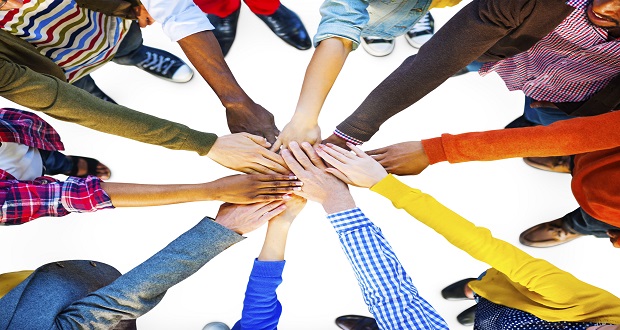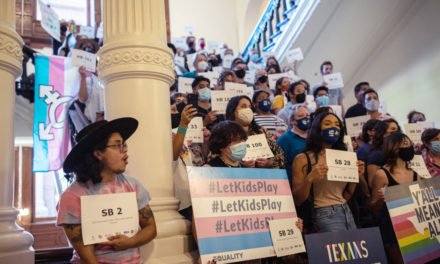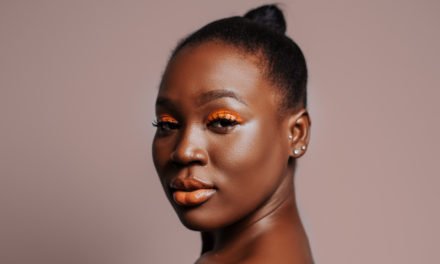
For the past couple of months, we have shared “Stories from the Front Lines” on real accounts from real people (identities disguised) on what it looks like and feels like to be excluded. This series will focus on stories of inclusion and their impact on individuals and organizations.
Diversity is a term that most of us can grasp pretty easily. It is often defined in categories of different types of people based on such dimensions as race, gender, age, sexual orientation, ethnicity, education, etc. It is easily measured. Inclusion however is more elusive. Many would argue that it is a verb whereas diversity is a noun. As a verb, inclusion requires action, specific behaviors and therein lies the difficulty. What does inclusion look like and is there a consistent understanding of the behaviors?
We often use terms like valued and respected in the definition of inclusion. What does it look like when one is valued? Respected? Are the behaviors consistent across cultures? Would there be 100 percent agreement on certain behaviors that could be defined as respect and value? I think not. I would argue that there are widespread differences in interpretation as to what inclusive behaviors look like. I think most of us instinctively know what it feels like to be included or excluded and it is often in the small day-to-day gestures that feel included or excluded. In a 2013 HBR article, “How Diversity Can Drive Innovation,” Sylvia Ann Hewlett et al contend that there are six measures of inclusion including:
- Ensuring that everyone is heard;
- Making it safe to propose novel ideas;
- Giving team members decision-making authority;
- Giving credit for success;
- Giving actionable feedback; and
- Implementing feedback from the team
So let’s just take the first one, “ensuring everyone is heard.” Does everyone have the same interpretation of what that looks like? For example, if the team leader expects everyone to say something in a meeting using a process of going around the room and pointing to everyone to ask for input, will that ensure that everyone’s voice is heard? Maybe not. What if there are members of the team who are not comfortable sharing their opinions on the spot? What if they want to process and think about their answers before sharing in public? What if they are not comfortable thinking out loud in front of others?
Let’s think about “making it safe to propose novel ideas.” What does safety look like? Perhaps some are more likely to feel safe in one-one settings than in big groups? Maybe there is a lack of trust for some individuals and/or groups (e.g. historically underrepresented groups) in feeling that they can trust dominant group members with their ideas.
My point is that inclusion is complex and has many layers and considerations. Whether one feels included or not is very individual and is wrapped up in past experiences that have shaped attitudes and beliefs.
In future installments, I will share personal accounts of inclusion. Please help us by sending your examples of times that you have felt included.


















